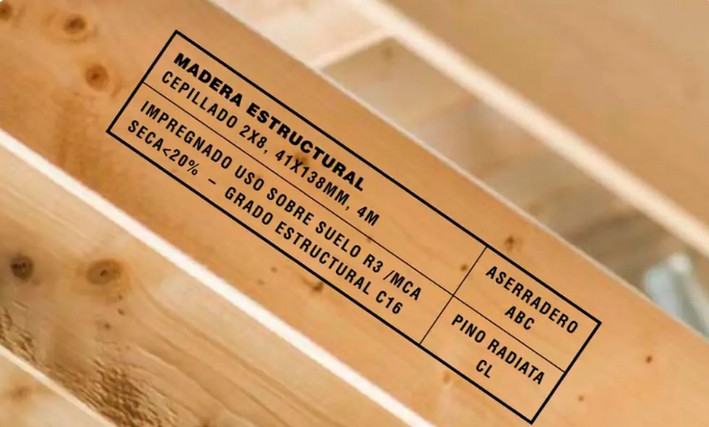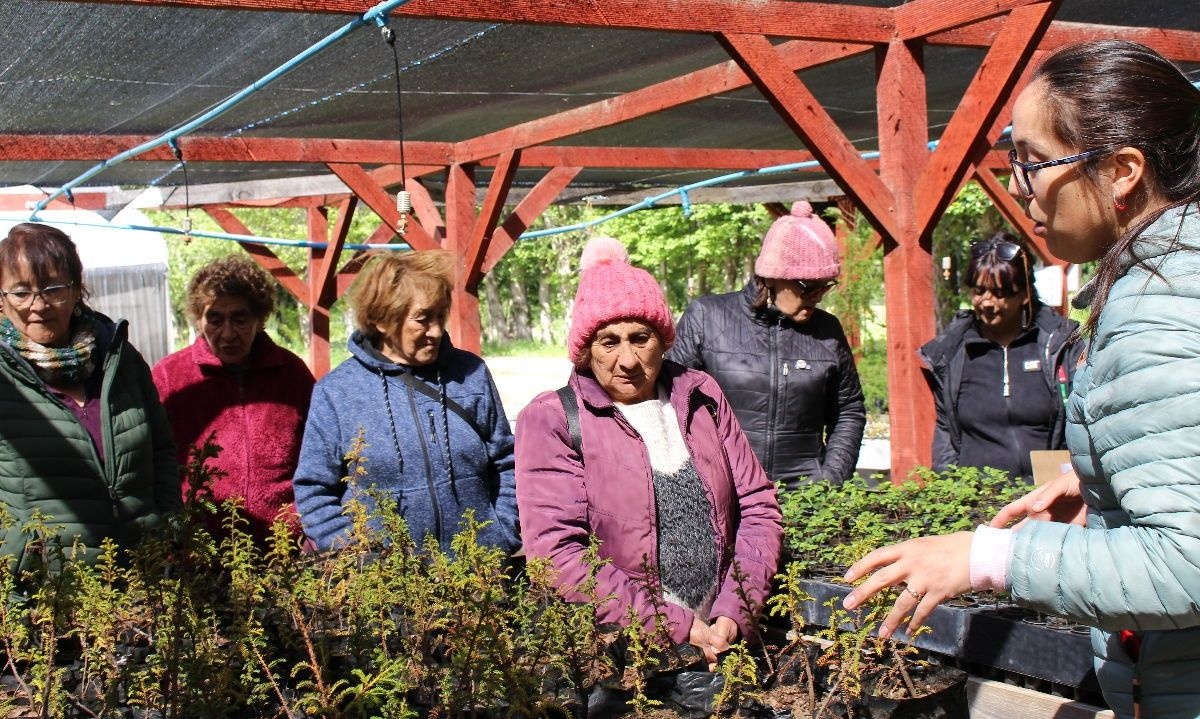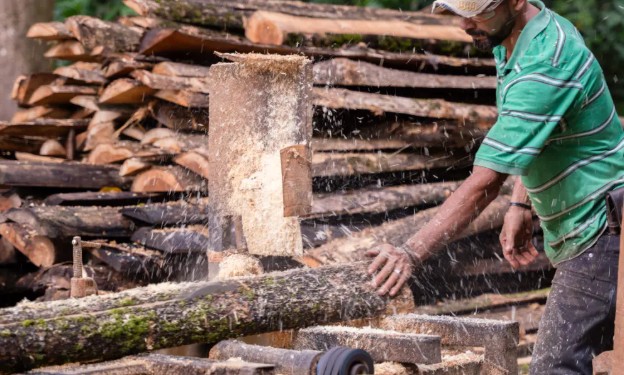Only 12% of Sawmills Implement the Structural Labeling Required by Current Regulations
The 2025 Sampling conducted by Infor on the sawmill industry revealed a low adoption level of the structural labeling system for radiata pine wood: only 12% of the surveyed sawmills reported having incorporated this practice into their production processes, despite the requirements established in Decree 11 of 2023.
The study, which covered 99 sawmills, equivalent to 29.5% of the national production of sawn radiata pine wood, aims to monitor the degree of compliance with the regulations governing the traceability and certification of structural wood used in construction.
According to Infor's analysis, implementation is mainly concentrated in the Maule, Biobío, and La Araucanía regions, while its presence is marginal in O'Higgins and Los Lagos.
Nationally, out of the 763 sawmills in operation during 2024, only 12 applied structural labeling, representing 30% of the total sawn wood production, equivalent to 2.04 million m³. In contrast, 87 sawmills (31%) have not implemented the system, and 664 (40%) do not produce structural wood (MAE).
The study also shows a marked difference according to the size of the sawmill. The application of labeling is concentrated in medium and large sawmills, with annual productions exceeding 10,000 m³ of radiata pine, where large sawmills account for 93% of the labeled production. Conversely, small sawmills show no implementation, reflecting a technological and regulatory compliance gap within the sector.
For Infor, these results underscore the need to strengthen technical and financial support mechanisms to enable smaller sawmills to advance towards the standardization and traceability of structural wood, thereby contributing to a more competitive industry aligned with market demands and national regulations.

















